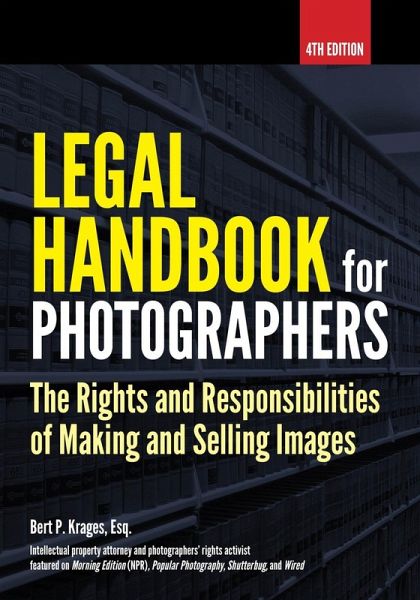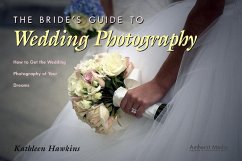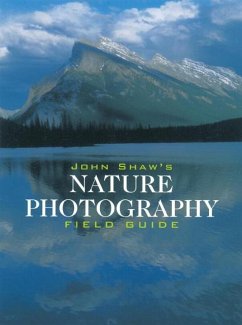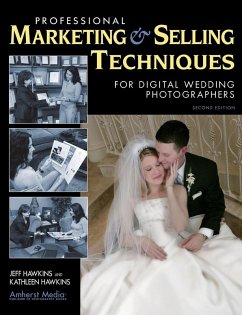
Legal Handbook for Photographers (eBook, ePUB)
The Rights and Liabilities of Making and Selling Images

PAYBACK Punkte
6 °P sammeln!
Is it okay to photograph on tribal lands? Or at a shopping mall? Can people in public places be photographed? And what happens if you want to sell those images? Or the images from a child's portrait session? The rules that govern when, where, and what photographers can shoot (and how they can use those images) are complex but critical to understand. In this book, intellectual property attorney Bert Krages makes it simple to learn your rights and obligations-and to protect your interests every step of the way. Whether you're a casual shooter, a photojournalist, or a wedding/portrait photographe...
Is it okay to photograph on tribal lands? Or at a shopping mall? Can people in public places be photographed? And what happens if you want to sell those images? Or the images from a child's portrait session? The rules that govern when, where, and what photographers can shoot (and how they can use those images) are complex but critical to understand. In this book, intellectual property attorney Bert Krages makes it simple to learn your rights and obligations-and to protect your interests every step of the way. Whether you're a casual shooter, a photojournalist, or a wedding/portrait photographer, this book is an indispensable resource for minimizing legal missteps and protecting both your images and reputation. The 4th edition of this book is fully updated with information pertaining to current legal issues, such as your rights in documenting police actions and avoiding problems when shooting nude/boudoir images.
Dieser Download kann aus rechtlichen Gründen nur mit Rechnungsadresse in A, D ausgeliefert werden.













